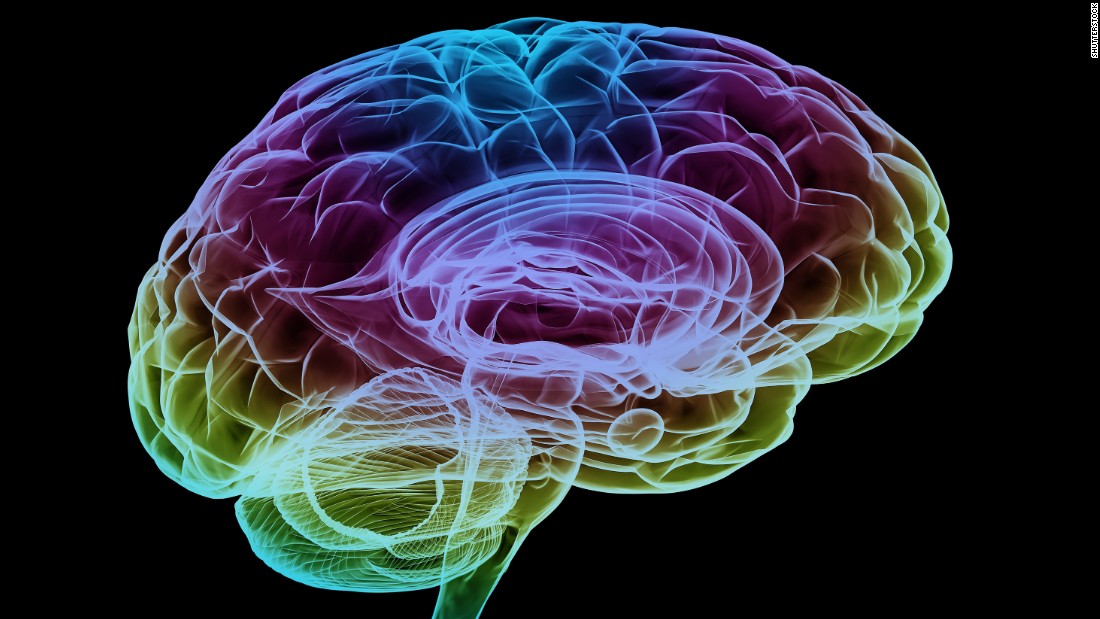Vagus Nerve Essential to Brain's Reward and Motivation System
by Jason von Stietz, PhD - September 30, 2018

Researchers at the Icahn School of Medicine at Mount Sinai examined the relationship between the vagus nerve and the brain’s reward and motivation system. Findings of the study could assist in the future efforts for vagal stimulation therapy. The study was discussed in a recent article in Medical Xpress:
Previous research established the gut as a major regulator of motivational and emotional states but until now, the relevant gut-brain neuronal circuitry remained elusive. The vagus nerve, the longest of the cranial nerves, contains motor and sensory fibers and passes through the neck and thorax to the abdomen. Traditionally, scientists believed that the nerve exclusively mediated suppressive functions such as fullness and nausea; in contrast, circulating hormones, rather than vagal transmission, were thought to convey reward signals from the gut to the brain.
"Our study reveals, for the first time, the existence of a neuronal population of 'reward neurons' amid the sensory cells of the right branch of the vagus nerve," says Ivan de Araujo, DPhil, Senior Faculty in the Department of Neuroscience at the Icahn School of Medicine at Mount Sinai and senior author of the paper. "We focused on challenging the traditional view that the vagus nerve is unrelated to motivation and pleasure and we found that stimulation of the nerve, specifically its upper gut branch, is sufficient to strongly excite reward neurons lying deep inside the brain."
The branches of the vagus nerve are intricately intermingled, making it extremely difficult to manipulate each organ separately. To address this challenge, the research team employed a combination of virally delivered molecular tools that allowed them to exclusively target the vagal sensory neurons connected to the stomach and upper intestine.
Specifically, researchers combined different viruses carrying molecular tools in a way that allowed them to optically activate vagal neurons connected to the gut while vagal neurons leading to other organs remained mute. The approach, a state-of-the-art technique known as "optogenetics," allows investigators to use light to manipulate the activity of a prespecified set of neurons.
The study revealed that the newly identified reward neurons of the right vagus nerve operate under the same constraints attributed to reward neurons of the central nervous system, meaning they link peripheral sensory cells to the previously mapped populations of reward neurons in the brain. Strikingly, neurons of the left vagus were associated with satiety, but not with reward. The research team's anatomical studies also revealed, for the first time, that the right and left vagal branches ascend asymmetrically into the central nervous system.
"We were surprised to learn that only the right vagal branch eventually contacts the dopamine-containing reward neurons in the brainstem," explained Wenfei Han, MD, Ph.D., Assistant Professor of Neuroscience at the Icahn School of Medicine at Mount Sinai and lead author of the study. Dopamine is a neural transmitter known to be essential for reward and motivation.
The uncovering of right gastrointestinal vagal neurons as conveyors of reward signals to the brain opens opportunities for novel, more specific stimulation targets that may increase the efficacy of vagal nerve stimulation therapy, a treatment that involves delivering electrical impulses to the vagus nerve, for patients suffering from emotional and eating disorders.
Read the original article Here

 Subscribe to our Feed via RSS
Subscribe to our Feed via RSS